2019-03-25
Nowadays, digital transformation has become a disruptive force. Many industries have been involved in it, actively or passively, and are waiting uneasily for a “singular point”. The radio and TV industry is no exception.
Especially with the in-depth application of the new generation of technologies such as big data, cloud computing, Internet of Things, artificial intelligence, etc., the evolution and innovation of these new technologies have further changed the existing business, products and business models of the radio and TV industry, and thus the whole industry is facing unprecedented challenges and opportunities.
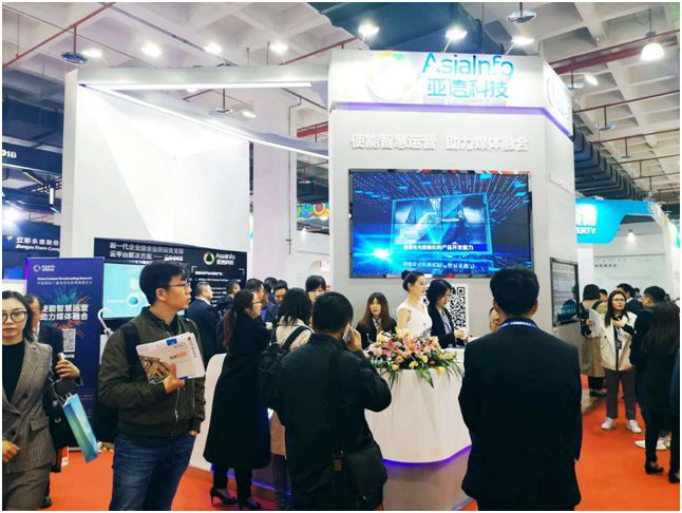
Therefore, in the face of a new round of major technological innovation, transformation and upgrading in the radio and TV industry, AsiaInfo Technology, as a senior participant of the radio and TV industry, has been always standing at the forefront of technology and application, iterating and evolving itself with the changes in the environment and customer needs. Through assisting in the comprehensive enhancement of the business capabilities and operational capabilities of radio and television operators, it has brought more possibilities to the realization of the “smart and radio and TV”.
In this process, from the introduction of a new concept to the implementation of the solution, from the full value release of technology to that of business capabilities, it can be said that AsiaInfo Technology has become the most determined “enabler” in the digital transformation of the radio and TV industry. It also guides and drives the new direction of the future development of the radio and TV industry in terms of new technology, new models and new formats, etc.
The pain points and difficulties in the implementation of smart radio and TV
As we all know, the radio and TV industry has always been a typical technology-driven industry. In the past, it had developed into a matured industry due to the leading technology. Nowadays, because of many technical challenges, the industry has entered a new round of major technological innovation and transformation.
In this context, the National Radio and television Administration officially issued the “Guiding Opinions on Promoting the Development of Smart Radio and television” in November last year, which clearly proposed to focus on deepening the integration and innovation of radio and television and the next-generation information technology, so as to promote the transformation from digital and networked radio and TV to smart radio and TV, from functional radio and TV business to innovative radio and TV service.
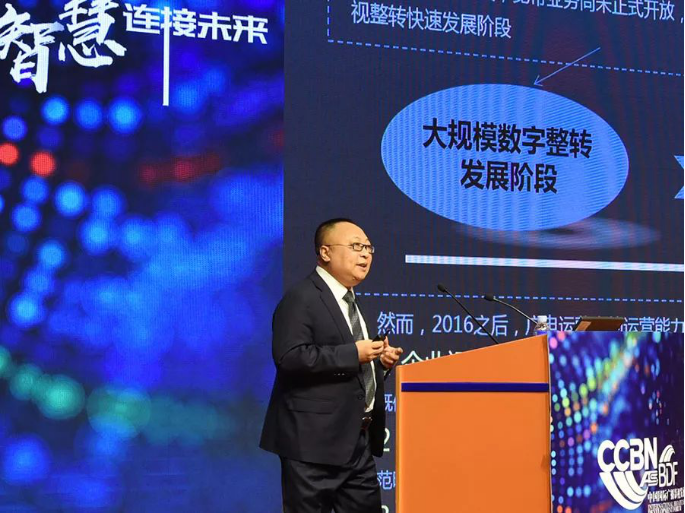
Ba Lianbiao,General Manager of AsiaInfo Cloud Information
However, with the emergence of new technologies and new concepts, most of the radio and television enterprises are facing many pain points and difficulties in the process of transforming towards the “smart radio and TV”. We can observe this problem from two dimensions.
First, from the perspective of technical architecture, in the past, many IT systems in the radio and TV industry are “stovepipe architecture “and there is not a unified platform for them, which led to the separation of the systems, and the data between different systems couldn't be shared with each other. All of these problems have brought a lot of resistance to the business decision-making and operation of the industry.
Specifically, the problems include poor agility of the technical architecture, lack of unified standards, and the difficulty in integrating various subsystems; the lack of distributed capabilities makes it difficult for the technical architecture to expand flexibly; the strong dependence on IOE and the insufficient expansibility; difficulty in managing the development and operation process and lack of visualization; service code redundancy and slow response, etc.
From this perspective, in order to achieve the new goal of “smart radio and TV”, the industry must develop more business and explore more industry applications. However, compared with the traditional services, these new services are characterized by diversity, complexity and rapid deployment, and the requirements for the fast release and fast iteration of these services are very high. Therefore, the traditional technology architecture that is closed and isolated must be replaced by a new generation of technology architecture that is converged and platformized.
Second, from the perspective of operational capabilities, the commercial factors in the radio and TV industry have undergone tremendous changes. The original business model of customers, products, services, marketing and partners have become the new model of individuals, families, governments, and smart cities, which requires that radio and television operators should not only horizontally integrate their business, but also ensure the professionalism of their vertical business.
However, the insufficient unified integration of radio and television operators' business operation capabilities is mainly manifested in the fragmentation of customers and the lack of unified management; the lack of unified planning for big data and operation construction and poor data insight and marketing capabilities; the lack of unified operation of traditional and new business makes it impossible to realize integrated development; imperfect channels, less social contacts and poor cooperation ability of products and orders; complex access to partners' business and long commissioning cycles, etc.
It can be said that considering the emergence of some new features in the radio and TV industry, such as generalized customization, commodity diversification, channel socialization and ecologicalization of cooperation models, as well as the future cross-domain and inter-network multi-format competition, a unified planning of construction, management and operation is required, which also poses unprecedented challenges to the systematic construction of long-term business operation support capabilities of radio and television operators.
So it can be seen that the customer-focused transformation of business model in the future radio and TV industry and the ability to build such operation systems as customer integration, product integration, channel integration, and partner integration are undoubtedly the key to radio and television operators' transformation towards “integrated information service operators”, and in turn, it also sets higher demands for relevant service providers.
Enable the transformation of radio and television operators in a comprehensive way
In this context, AsiaInfo Technology, combining such core business capability platforms as AISWare CRM, AISWare Billing scenario billing products, AISWare Bigdata Suite big data product suite, AISWare AntDB distributed relational database, and DevOps AiDO agile development system through AISWare AIF enterprise-level PaaS cloud platform, has built a new generation of enterprise-level full-service operation support cloud platform - Cloud BOSS, and assisting radio and television operators in realizing digital transformation in all aspects from the four dimensions of unified operation, smart marketing, capability opening and service assetization. Specifically:
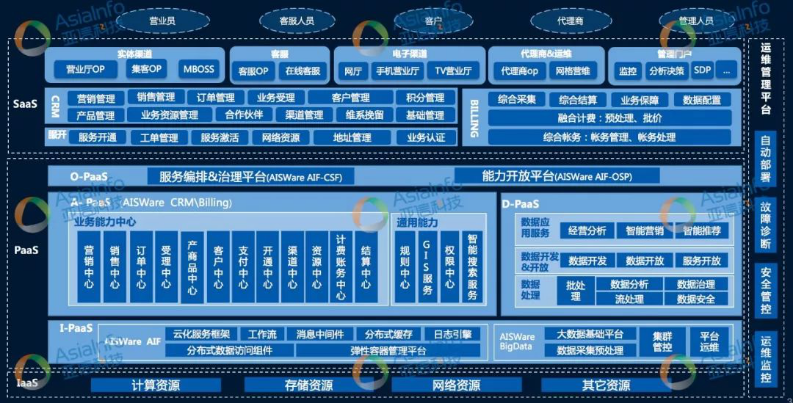
First, in terms of unified operation of the whole business, AsiaInfo Technology deeply reconstructs the core models and business operation capabilities of customer order products, and introduces natural person models, Internet-based orders, and full-service product models to support the unified and integrated operation of enterprise-level whole business, including the traditional household digital broadband interactive business, the newly-launched inbound marketing/smart business, and the ecological cooperation businesses in the future such as cloud application and cloud games, realizing the unified customer management based on natural persons, unified convergence business reception and unified customer service.
Secondly, in terms of smart marketing, AsiaInfo Technology has connected big data and operational support systems, making full use of data assets such as customer tags, customer portraits, product labels, etc., and relying on real-time/batch computing capabilities, event engines and other technical means to build scenarized, full-contact real-time marketing capabilities driven by data and scenarios, enhance data operation capabilities and customer service levels, and enable the accelerated realization of data assets.
Thirdly, in terms of capacity opening, AsiaInfo Technology has organized and encapsulated the core business support capabilities such as the unified customer identity authentication, unified payment and unified products and orders in the radio and TV industry by building a “capability open system”, and has provided these to upstream and downstream partners as the API of customers' operational capability to facilitate the rapid access to their business; it has also realized standardized business management and convenient business settlement, helping rapidly construct and promote the eco-business applications.
Finally, in terms of service assetization, AsiaInfo Technology has proposed the concept of “service assetization” in a creative way. By drawing on Internet cases, combining the development trend of radio and TV business and adopting the advanced service framework such as AsiaInfo CSF, it has truly realized the packaging, usage and management of service assets of radio and TV enterprises. Standardized service assets are useful for the rapid construction of business applications as well as the significant improvement of business management.
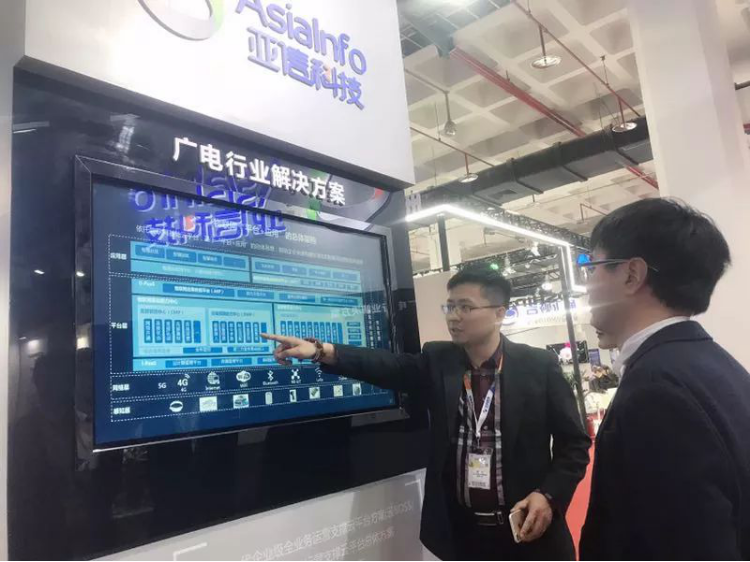
AsiaInfo's next-generation enterprise-level full-service operation support platform cloud BOSS undoubtedly realizes the empowerment of the digital transformation of radio and television operators at both the technical and business capability levels.
On the one hand, AsiaInfo's cloud BOSS platform adopts the overall architectural design concept of “thick PaaS and thin application” to build the enterprise-level technical capability middle office (i-PaaS) and the business capability middle office (A - PaaS, D-PaaS) for the radio and TV industry, greatly enhancing the elastic scalability of enterprises' IT architecture, as well as the agility of enterprise application access and demand response. AsiaInfo has also creatively introduced the concept of "service assetization”, significantly enhancing the standardization, openness and reusability of radio and television operators' business services and playing a greater supporting role for the business operation capabilities of these operators.
On the other hand, AsiaInfo's cloud BOSS platform has also realized continuous innovation in operational system special programs such as integrated marketing solutions, inbound business operation support solutions, grid service solutions, smart business office solutions, smart data sharing, and industry application solutions such as smart communities, smart cities, smart parks, IoT platforms, and media convergence at district and county levels, which further helps radio and television operators to search for new business opportunities to develop the "smart radio and TV",and explore new modes of cooperative smart operation.
AsiaInfo's connotation and value release
From my point of view, AsiaInfo is not only the “enabler” of the digital transformation and upgrading of the radio and TV industry, but a series of innovations and explorations it carried out have already made itself the “leader” of the entire market. The value and significance in it are undoubtedly important and far-reaching. Behind this is also the embodiment of AsiaInfo's connotation and value release.
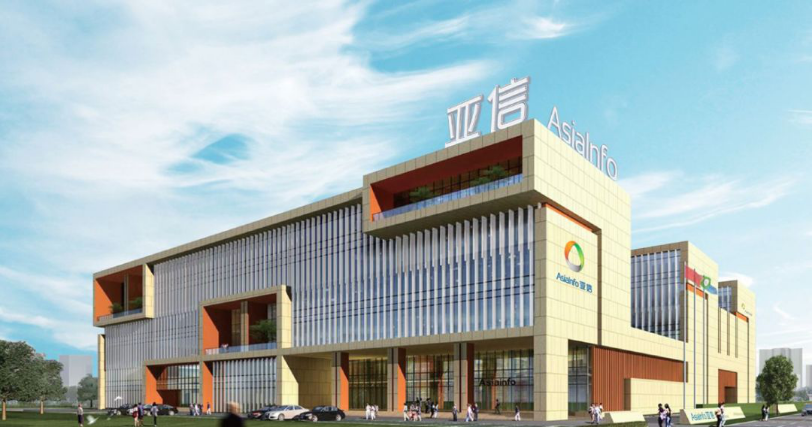
First, AsiaInfo is not only the largest telecommunications software product and service provider in China, but also has more than 10 years of technology precipitation in the radio and TV industry, and has accumulated rich experience in customer service. Statistics show that AsiaInfo has a market share of more than 50% in some business areas of the radio and TV market, and the market coverage has reached more than 30 provinces.
Therefore, this gives AsiaInfo Technology a deep understanding of the pain points and problems in the digital transformation of the radio and TV industry. Its products and solutions originate from the best practices in providing services for the radio and TV industry for many years, which makes it possible for AsiaInfo to offer reference and experience to more radio and television operators in the future digital transformation process.
Second, AsiaInfo Technology has promoted the transformation of the radio and TV industry into “smart radio and TV” in the transformation process of enabling radio and television operators. Taking cloud BOSS, the new-generation of enterprise-level full-service operation support platform, as an example, with this new cloud platform, radio and television operators can not only quickly apply their technology and operational capabilities to actual services, but also achieve significant cost reduction. The cloud platform also makes it possible for radio and television operators to focus on the development of their own business. This allows the radio and television enterprises to truly achieve the “improvement of quality and efficiency” while innovating management models, which is obviously an Internet-based “inclusive” innovation in the radio and TV industry
Third, upholding the philosophy of professionalism and dedication, AsiaInfo Technology is trying to realize its dream in a down-to-earth way, and it is brave enough to seek innovation and changes in the radio and TV industry. For example, AsiaInfo Technology has helped radio and television operators to build a “capacity open system”, which allows the operators to better develop themselves through the API and the ecological aggregation of their partners.
In addition to this, the creative concept of “service assetization” proposed by AsiaInfo Technology can also normalize the different application demands from the radio and TV industry through standardization and reproducibility, which serves as a "golden key" to the construction of the operators' new business, new applications, new models.
In general, relying on its deep understanding of the “pain points” in the digital transformation of the radio and TV industry and the new driving force based on the methodology and powerful solutions formed in the radio and TV market for many years, AsiaInfo will not only help promote the digital transformation of the operators, but bring more imagination to the accelerated implementation of “smart radio and TV”.